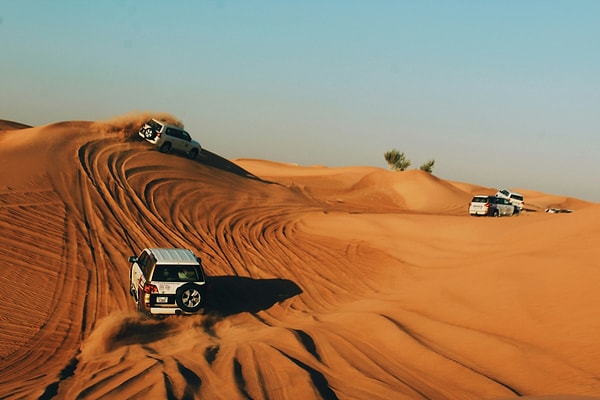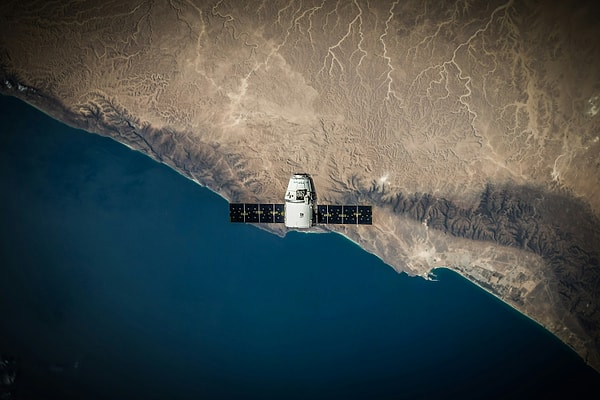AI Reveals 5,000-Year-Old Lost Civilizations Beneath the World’s Largest Deserts
Thanks to advanced AI technology, long-lost ancient cities and trade routes buried under the desert are emerging into view. Powerful AI-driven technologies are revealing forgotten civilizations that have been hidden for millennia as the discoveries are reshaping our understanding of history.
The world’s most inhospitable deserts, like the Rub’ al Khali (Empty Quarter) and the Sahara, hide remnants of ancient civilizations.

However, archaeological work in these vast, arid landscapes is difficult. Excavations are costly, time-consuming, and often yield incomplete results due to the harsh environment. These deserts cover areas over 600,000 square kilometers in the Rub’ al Khali and 9 million square kilometers in the Sahara, making it challenging for archaeologists to uncover hidden sites.
Synthetic Aperture Radar (SAR), originally developed for military reconnaissance and planetary exploration, has proven invaluable in archaeology.

SAR can penetrate deep into the sand, detecting subsurface structures that traditional optical imaging methods can’t identify. When combined with artificial intelligence (AI) and machine learning algorithms, SAR can analyze radar images and identify anomalies that point to ancient settlements, roads, and other buried features. This breakthrough technology allows for a much more efficient way to scan large areas of desert landscapes.
Unlike traditional methods, which rely on costly aerial surveys and slow ground excavations, AI-driven SAR can scan vast areas in a matter of hours.

The AI models are trained on known archaeological sites and can detect subtle differences in surface texture and composition, helping researchers predict where to search for previously undiscovered ruins. This ability to process large amounts of data quickly significantly reduces the need for expensive fieldwork, making archaeological research more efficient and accessible.
One of the most significant applications of AI and SAR technology occurred in the Dubai desert, where researchers uncovered evidence of human activity dating back 5,000 years.

These findings include remnants of ancient settlements, pathways, and trade routes that once connected hubs across the Arabian Peninsula. The discoveries challenge long-standing assumptions about how early societies adapted to harsh desert environments. The new evidence suggests that these regions were more interconnected than previously believed, offering fresh insights into the social and economic networks of early desert civilizations.
The application of AI and SAR technology has led to similar groundbreaking discoveries in other desert regions.

In Mongolia, SAR has uncovered thousands of medieval sites along the ancient Silk Road, providing a clearer picture of trade networks that connected East and West. In Egypt, AI-assisted research has revealed previously unknown structures beneath the sands, reshaping our understanding of early urban development along the Nile River. These discoveries are transforming how archaeologists view ancient civilizations, as the use of advanced technology allows them to uncover and map regions that were previously inaccessible.
While AI and SAR technology are transforming archaeological research, several challenges remain.

The cost and complexity of deploying SAR satellites and processing massive amounts of radar data require significant investment and technical expertise. Additionally, while AI can analyze data quickly, accurately interpreting the findings is still a challenge. Natural geological formations can sometimes resemble man-made structures, leading to false positives that require careful validation. Ethical concerns also arise, particularly regarding the ownership, preservation, and potential exploitation of newly discovered sites. Some experts worry that the accelerated discovery of hidden archaeological sites could lead to looting or unregulated excavation. As AI continues to evolve, it’s crucial for archaeologists, historians, and AI specialists to collaborate closely to ensure responsible, culturally sensitive exploration of these ancient treasures.
Keşfet ile ziyaret ettiğin tüm kategorileri tek akışta gör!




Send Comment